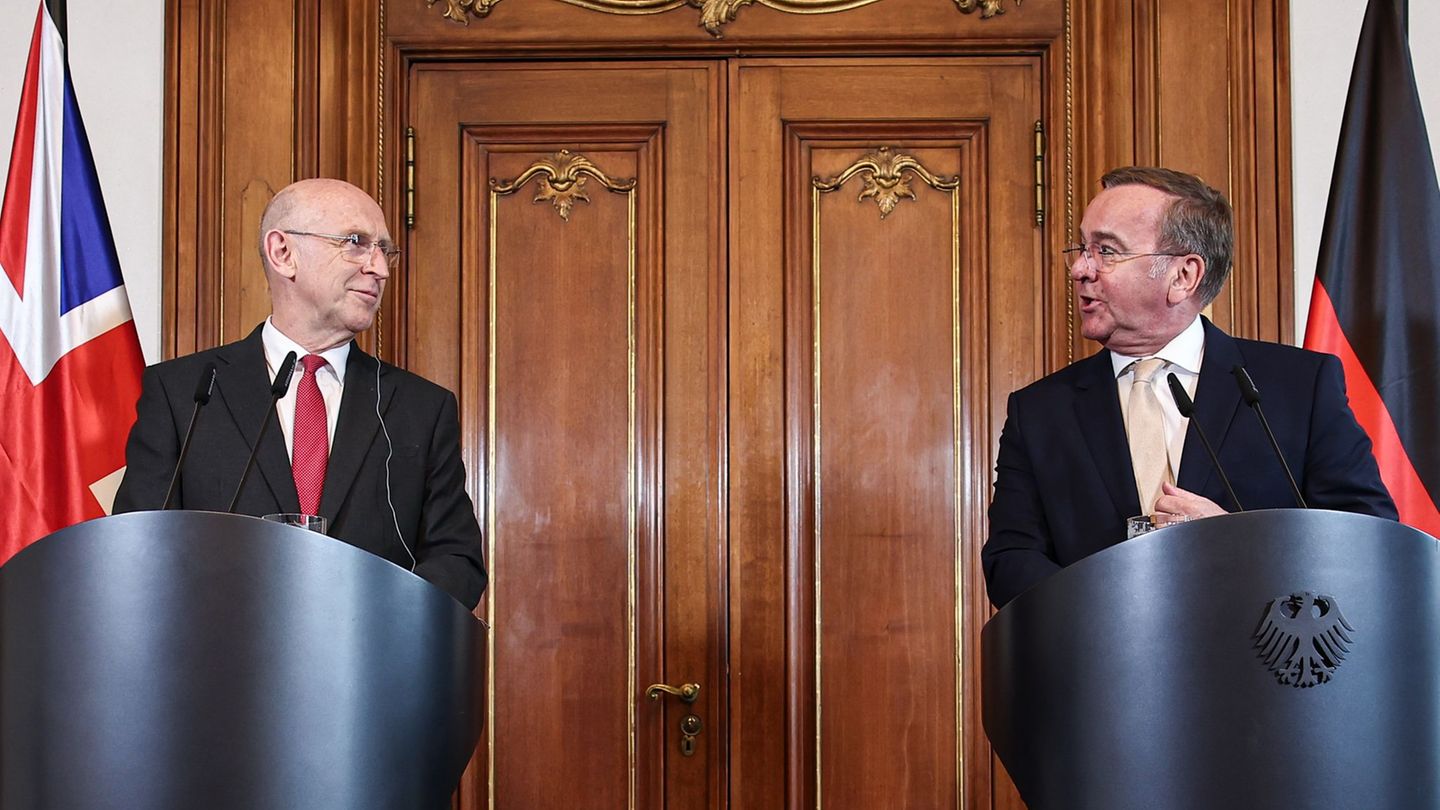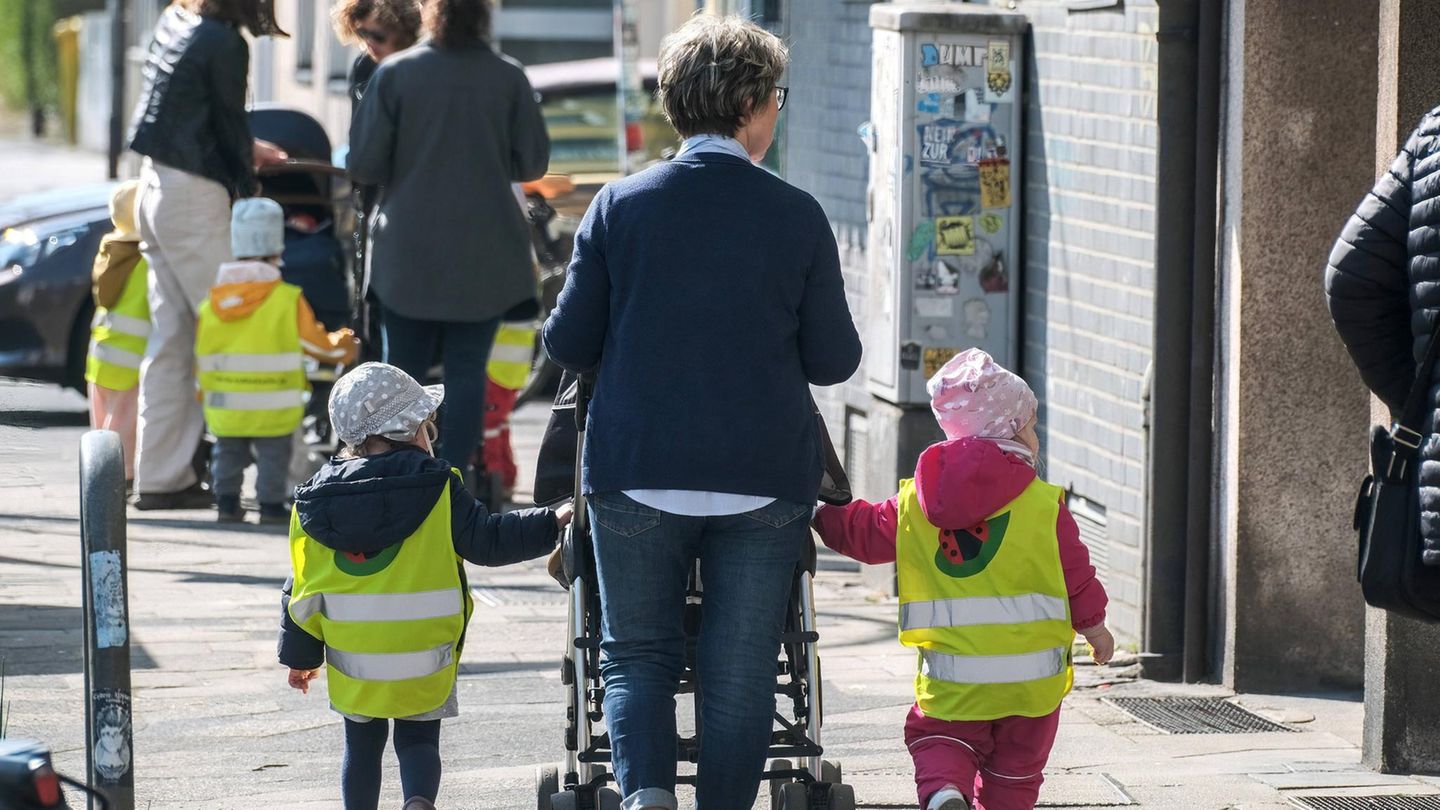Inflation is higher than it has been in 30 years. But not everything is much more expensive in the same time. A study shows that the poor and the elderly are hardest hit by rising prices.
Inflation has been low for years, with consumer prices soaring recently. In November the inflation rate rose to 5.2 percent compared to the same month last year. This is the highest value in almost 30 years, as noted by the Federal Statistical Office.
However, not everything will be more expensive in the same way. Consumers currently have to pay significantly more for energy, i.e. heating and refueling. Fuels are currently 43 percent more expensive than a year ago, and heating oil prices have even doubled. Food costs 4.5 percent more, other things are even less.
Because prices rise so differently, people are also affected to different degrees by inflation. In a current evaluation, researchers at the Institut der Deutschen Wirtschaft (IW) in Cologne have calculated exactly how this will work. Accordingly, inflation particularly affects poor households, the elderly and women.
Why the poor are more affected
For their study, the economists looked at how prices for various goods had developed since 1995 and compared this with the consumer behavior of different social groups. For households with low incomes (up to 2600 euros), life has therefore been 34 percent more expensive since 1995. For high-income households (income of more than 5,000 euros), the cost of living rose by only 28 percent.
“One reason for this is that the poorer households spend a larger proportion of their income on housing and food, which have risen sharply in price, while the higher-income households consume more electronic devices, which have fallen in price after adjustment for quality,” write the IW researchers . In addition, it is easier for richer households to change their consumption behavior and switch to other goods when prices rise sharply. For the poor, however, this is often not possible, as they spend a large part of their money on essential things that cannot be replaced.
Strong age effect
There are even greater differences than in terms of income with regard to age. Older people buy on average significantly more products that are affected by high inflation than younger people. According to the IW study, long-term inflation for 18 to 24-year-olds is below 19 percent, for 45 to 54-year-olds around 27 percent and for over 80-year-olds around 43 percent. The same effect can be seen in a comparison of employees, who on average pay 27.5 percent more, and retirees, who pay 38 percent more.
Long-term differences can also be observed between women and men with regard to single households. While the cost of living rose by around 37 percent for women, it was only 31 percent for men. Here, too, one reason is that men spend proportionally more money on electronic devices, which tended to become cheaper. For couples, with and without children, the rate of inflation lies between the two single values. All IW figures relate to the price changes measured by the Federal Statistical Office between January 1995 and August 2021.
Who is hit by energy price shocks
With a view to the current situation, it is also interesting to know who is suffering and how much from rising energy prices. The authors of the study evaluated how much the price of crude oil – and thus the expenditure on heating oil, gasoline and diesel – influence the inflation rates of individual groups. This shows that middle-income households are acutely particularly hard hit by price shocks, because in comparison they spend the most money on petrol. In poor households as well as in the elderly, the price effect strikes with a slight delay; they feel the increase in energy prices above all through heating costs.
How much inflation will rise in the coming year is currently a much debated question. Experts point out that current special effects such as the withdrawal of the VAT cut will no longer apply, which would dampen inflation again. On the other hand, price increases can develop their own momentum and the CO2 price can make energy even more expensive. The new traffic light government has therefore announced that it intends to return higher costs to the citizens through new climate money. However, this has yet to be initiated.
Sources: /
Source From: Stern
Jane Stock is a technology author, who has written for 24 Hours World. She writes about the latest in technology news and trends, and is always on the lookout for new and innovative ways to improve his audience’s experience.




